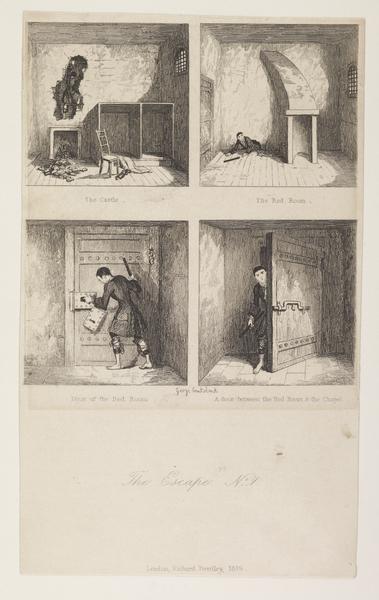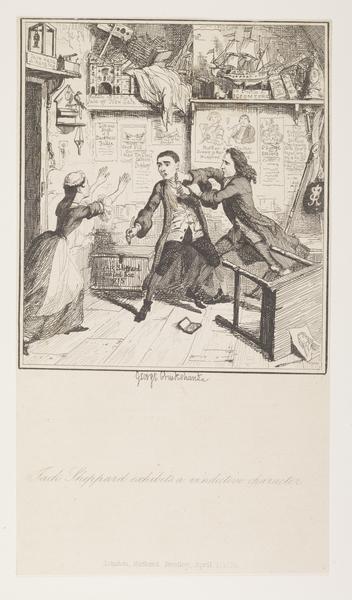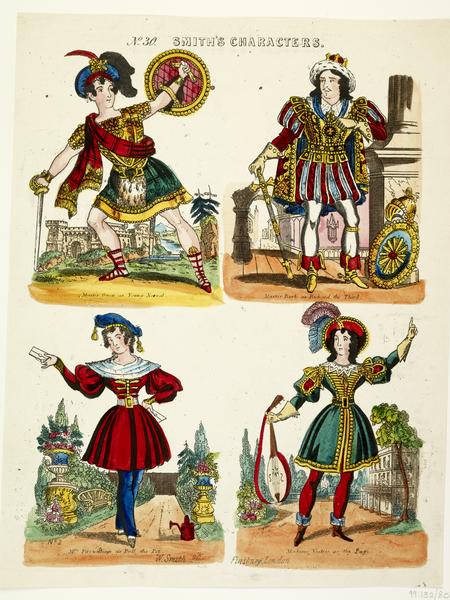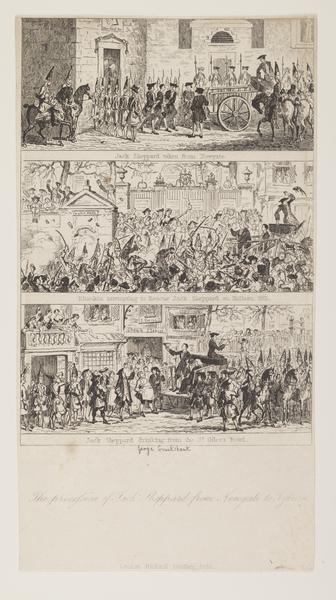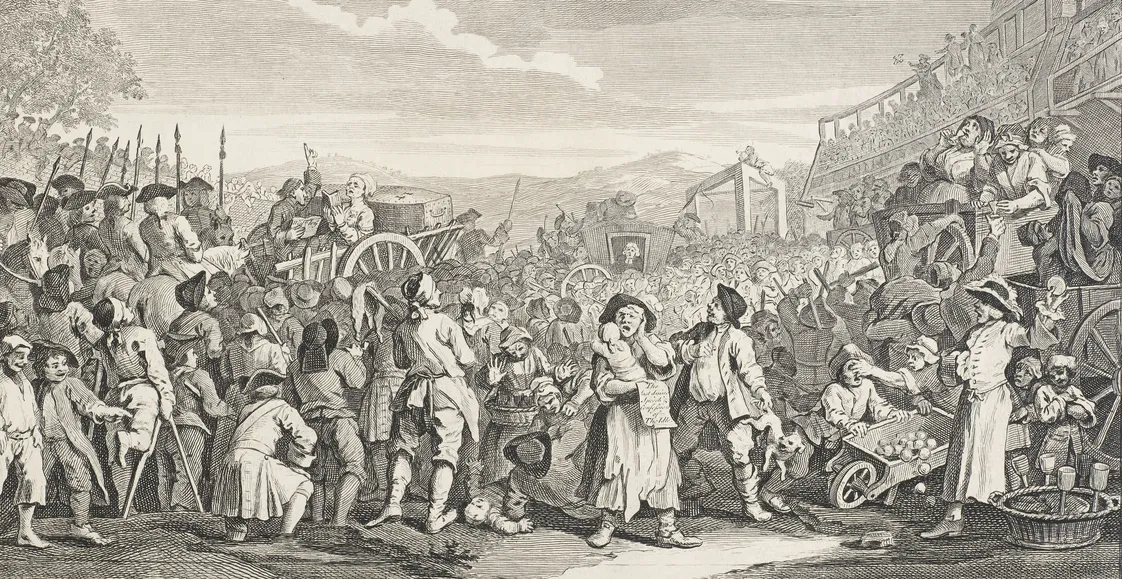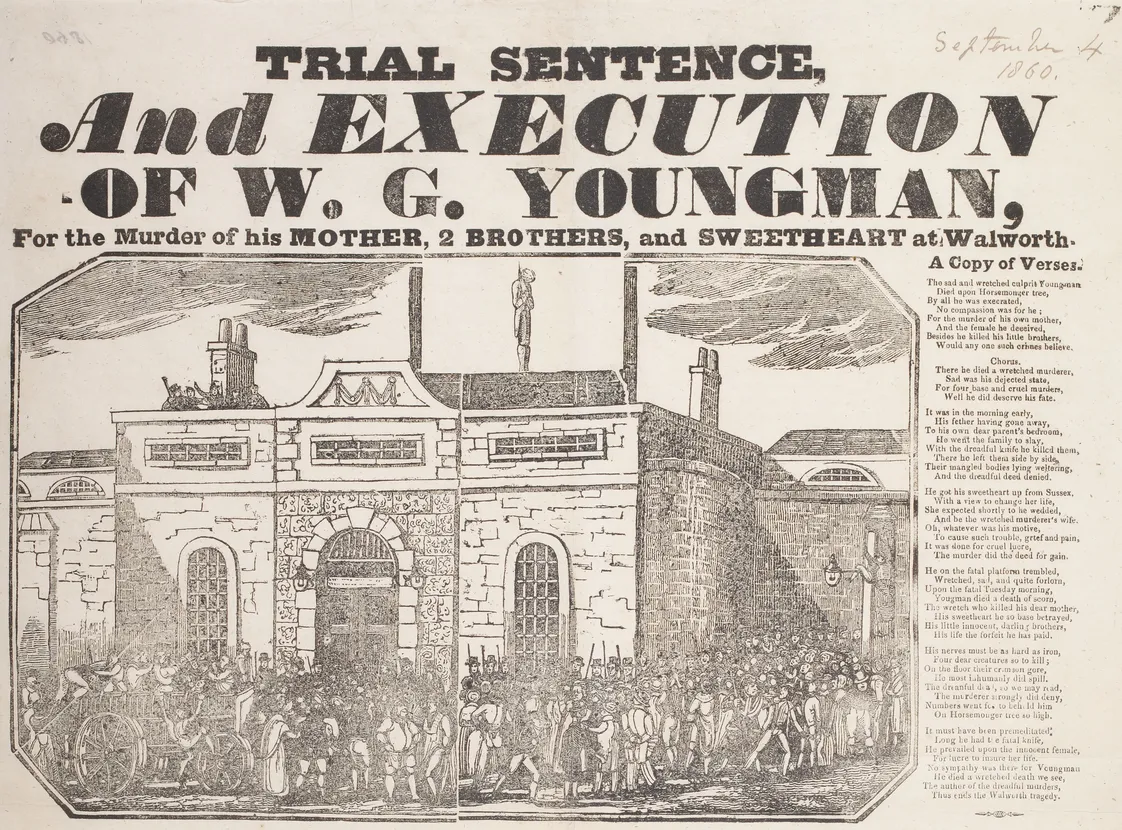Jack Sheppard: An 18th-century working class hero
A young thief turned infamous jailbreaker, John ‘Jack’ Sheppard’s criminal escapades resulted in his death by execution. But his legend lived on for daring to defy the authorities.
1702–1724
The prison escapee turned national celebrity
Our popular fascination with crime and punishment goes back hundreds of years before true crime dramas and podcasts. Back in the 1700s, one particular fugitive rose to fame thanks to his knack for escaping London’s notorious Newgate Prison. Twice.
Jack Sheppard’s life of crime was cut short. But his skill in slipping out of the authority’s grasp made him a hero among the nation’s working classes. His story was retold in popular books and plays long after his public execution aged just 22.
Sheppard’s first taste for crime
Sheppard was born in 1702 in Spitalfields, east London. He completed some basic schooling and worked as a servant for a woollen draper. In 1717, he became an apprentice carpenter.
Despite his apparent talents as an apprentice, Sheppard fell under the influence of the landlord of the Black Lion alehouse. It was there in 1722 where, fatefully, he met and fell in love with Elizabeth Lyon, popularly known as Edgeworth Bess. Claiming to be led astray by ‘bad company and lewd women’, Sheppard fell into a life of crime.
In 1724, he was arrested for the first time after committing burglaries with his brother Thomas Sheppard and his lover, Bess. He was sent to the parish roundhouse of St Giles-in-the-Fields, but escaped by breaking a hole through the roof.

Jack Sheppard and Edgeworth Bess escaping from Clerkenwell Prison.
A professional prison escapee
Sheppard’s escapes from prison were opportunistic and, some might say, creative. For his second prison escape from New Prison in Clerkenwell that May, he and Bess scaled a 7.6 metre wall with a rope made from knotted sheets.
Back again on the streets of London, Sheppard returned to the world of burglary and highway robbery. But his activities at large caught the attention of infamous vigilante Jonathan Wild, the ‘Thief-Taker General’. Wild secured Sheppard’s arrest, his third one, on 23 July. He was condemned to death at the Old Bailey criminal courts and sent to the notorious Newgate Prison.

Newgate Prison from the Garden of St Sepulchre's Church.
“This talented carpenter-turned-jailbreaker managed to escape Newgate Prison not once, but twice”
But this talented carpenter-turned-jailbreaker managed to escape Newgate Prison not once, but twice. When he was arrested for the final time on 31 October for burgling a pawn shop on Drury Lane, he had prison guards watching him day and night.
Becoming a popular culture icon
His prison escapades had earned him celebrity status. While at Newgate awaiting his execution, Sheppard welcomed many visitors who paid a fee to the guards to meet him. Even the royal artist James Thornhill paid his one shilling and sixpence to visit. His sketch in the collection shows Sheppard handcuffed and alone in the condemned cell.
Sheppard was publicly hanged at the Tyburn gallows on 16 November, near where Marble Arch now stands, in front of a huge and sympathetic crowd.
He remained a working class hero long after his death in 1724. His story was published in pamphlets, ballads and plays well into the 19th century. In the 1850s, journalist Henry Mayhew discovered that chapbooks about Sheppard were read aloud to young people in low lodging houses.
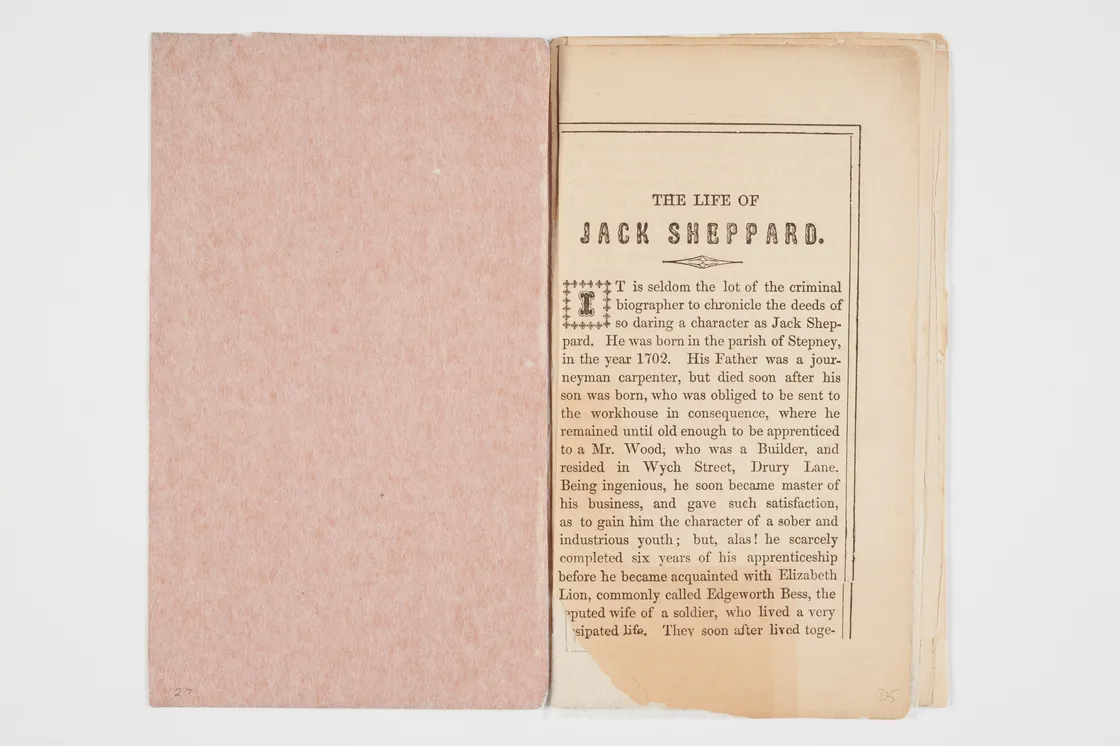
This chapbook was printed in London in the early 1800s.
The authorities even attempted to ban the plays, fearing their popularity would encourage a crime wave.
He was also the inspiration for William Harrison Ainsworth’s best-selling romance, Jack Sheppard. The illustrations by George Cruikshank in the collection bring this dramatised story to life.







